After World War II, the rise of automobile ownership in the United States played a pivotal role in transforming suburban landscapes and tourism. The newfound accessibility provided by cars allowed families to explore beyond their urban homes, leading to a boom in suburban tourism. The ways automobiles reshaped travel and leisure activities in post-war America are both profound and enduring, setting the stage for decades of economic and cultural change.
The Rise of the Automobile Era
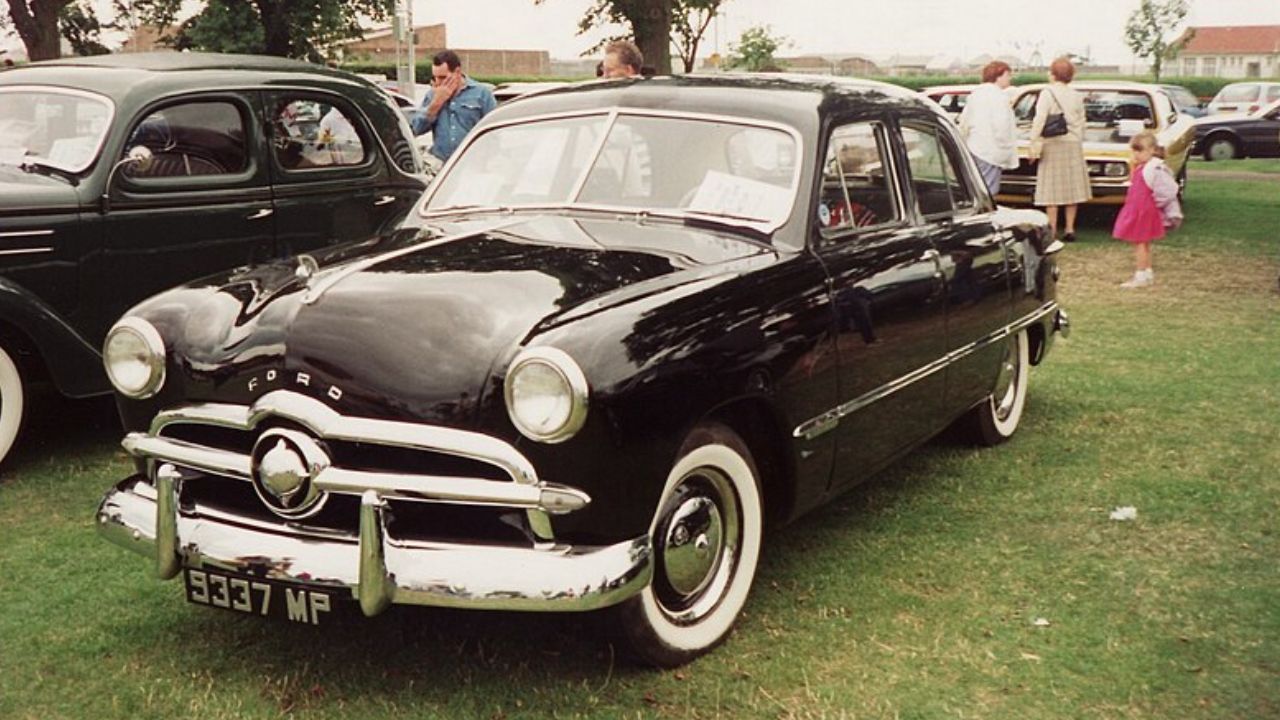
The post-World War II era marked a significant increase in car manufacturing, with companies like Ford, General Motors, and Chrysler scaling up production to meet the growing demand. The introduction of models such as the 1949 Ford Custom V8 and the 1955 Chevrolet Bel Air reflected the burgeoning car culture that was taking root across the country. This boom was fueled by an expanding middle class eager to embrace the convenience and status that car ownership provided.
Government policies also played a critical role in the proliferation of automobiles. The Federal-Aid Highway Act of 1956, which led to the creation of the Interstate Highway System, dramatically improved the infrastructure for car travel. This vast network of roads not only connected distant regions but also made suburban areas more accessible, encouraging families to venture beyond city limits for leisure and exploration.
The economic prosperity of the post-war period further accelerated car ownership. As industries flourished and job opportunities expanded, disposable incomes rose, allowing more Americans to afford vehicles. This economic boom was coupled with a wave of consumerism that saw cars become more than just a means of transportation; they became symbols of personal success and freedom.
Suburban Expansion and Leisure
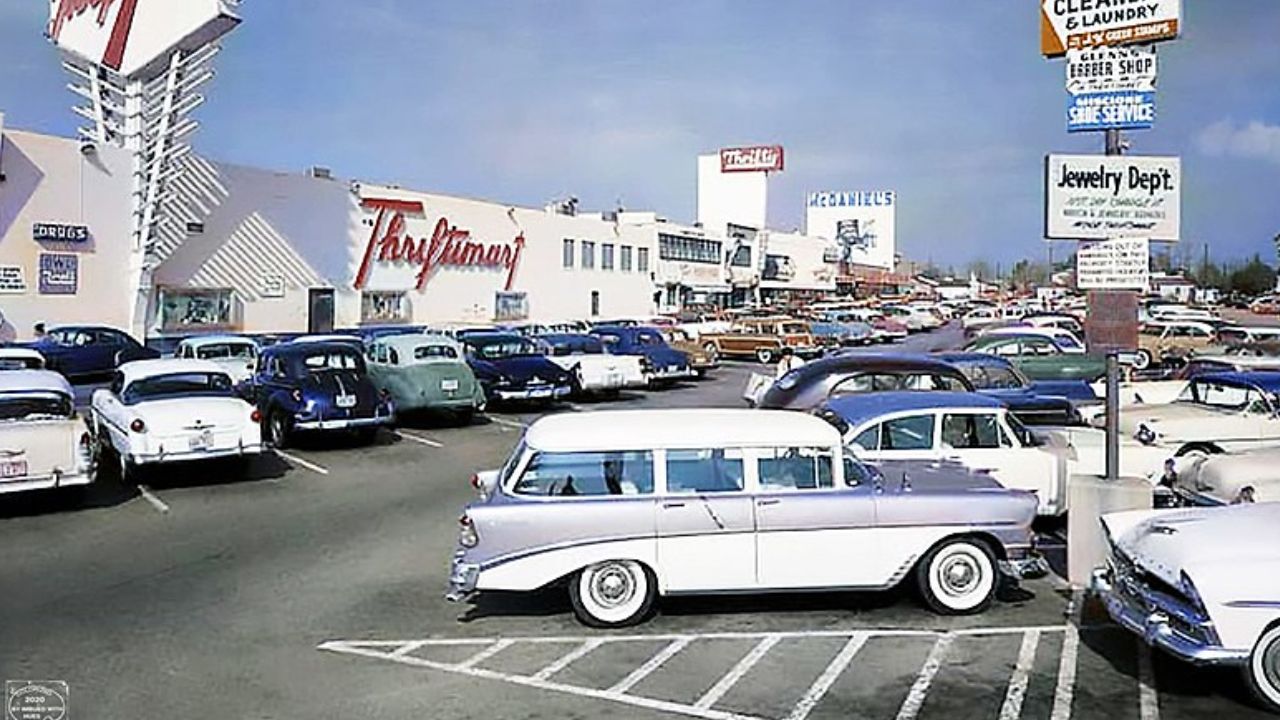
With the rise of car ownership, there was a significant migration to the suburbs. This shift was driven by a desire for more spacious living environments, as well as by government incentives that made suburban housing developments attractive to returning veterans and their families. The expansion of suburbs was not just about residential growth; it also transformed leisure and recreational activities, as developers created new attractions to draw visitors from urban centers.
Suburban areas began to develop a range of leisure spots, from amusement parks to shopping malls, that catered to the desires of urban visitors looking for weekend getaways. Places like Disneyland, which opened in Anaheim, California, in 1955, became iconic destinations that highlighted the potential of suburban tourism. Such attractions not only entertained but also helped to define the cultural landscape of the time.
Family road trips became a cultural phenomenon, with cars serving as the centerpiece of these excursions. The freedom to travel long distances inspired families to explore national parks, visit relatives in other states, or simply embark on spontaneous adventures. These car-based vacations played a crucial role in shaping family dynamics, offering opportunities for bonding while also contributing to a shared sense of exploration and discovery.
The Impact on Local Economies
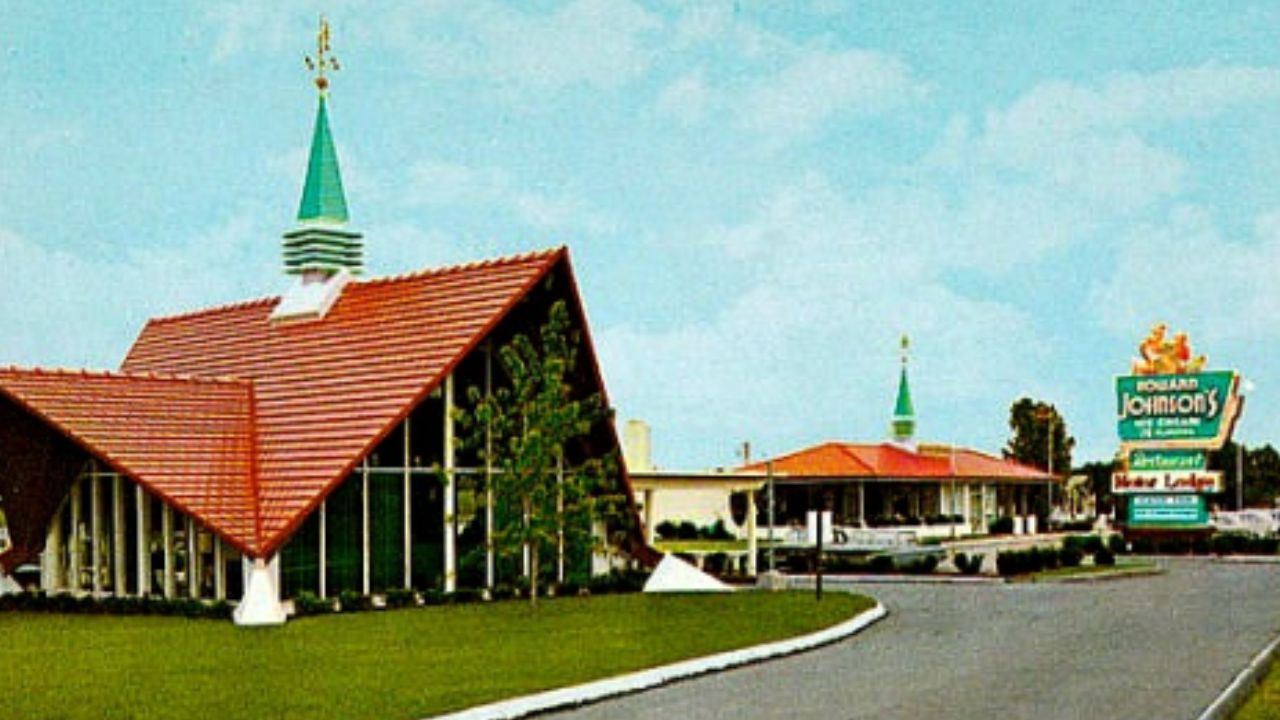
The rise of suburban tourism had a profound impact on local economies, particularly through the growth of businesses catering to travelers. The emergence of motels, diners, and gas stations along major routes provided essential services to road trippers while also creating new employment opportunities for suburban residents. Establishments like the iconic Howard Johnson’s became synonymous with roadside hospitality, offering travelers a reliable place to rest and refuel.
Cars also facilitated seasonal tourism, enabling families to take advantage of holidays and summer vacations to visit suburban locales. Beach towns, mountain resorts, and lakeside communities saw an influx of visitors eager to escape the confines of city life. This seasonal boost provided a critical economic lifeline for many suburban areas, diversifying their economic base beyond traditional industries.
The shift towards service-oriented economies in suburban regions was a significant consequence of the automobile-driven tourism boom. As industrial jobs declined, many suburban areas pivoted towards retail, hospitality, and entertainment sectors to sustain their economic growth. This transition not only altered the economic landscape but also contributed to the cultural evolution of suburbs as vibrant centers of activity and innovation.
Cultural Shifts and Media Influence
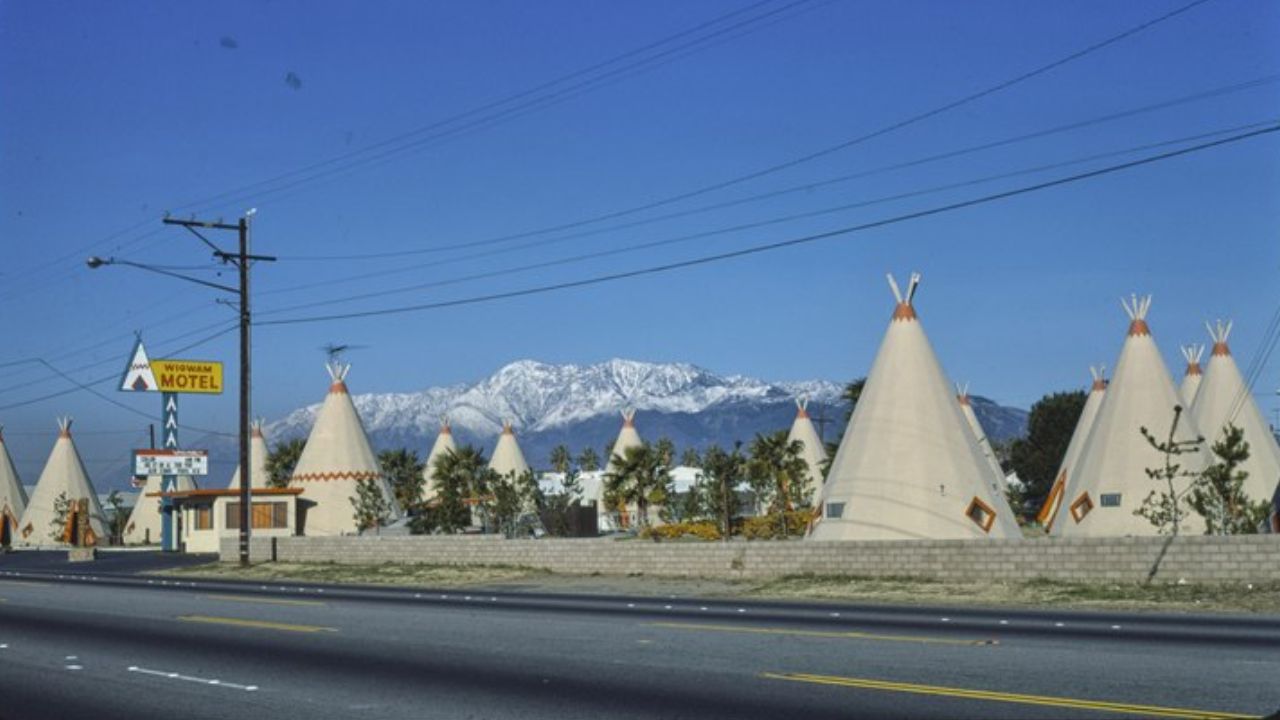
The portrayal of cars in media played a crucial role in shaping public perceptions and attitudes towards automobile culture. Films and television shows of the era, such as “Rebel Without a Cause” and “Route 66,” glamorized the freedom and adventure associated with car travel. Advertisements further reinforced this image, depicting cars as essential components of the “American Dream,” embodying ideals of independence and opportunity.
Cars became powerful symbols of status and identity, encapsulating the aspirations of a nation eager to redefine itself after the war. The narrative of the “American Dream” was closely intertwined with car ownership, as people viewed cars as gateways to new possibilities and experiences. This cultural shift was not just about transportation; it was about redefining what it meant to be American in a rapidly changing world.
Roadside Americana emerged as a distinct cultural phenomenon, with iconic attractions like the Wigwam Motels and the Cadillac Ranch drawing travelers from afar. These quirky and imaginative sites added a layer of novelty to road trips, capturing the spirit of adventure that cars represented. They also played a vital role in the development of suburban tourism, offering unique experiences that became etched in the collective memory of post-war America.
Challenges and Criticisms
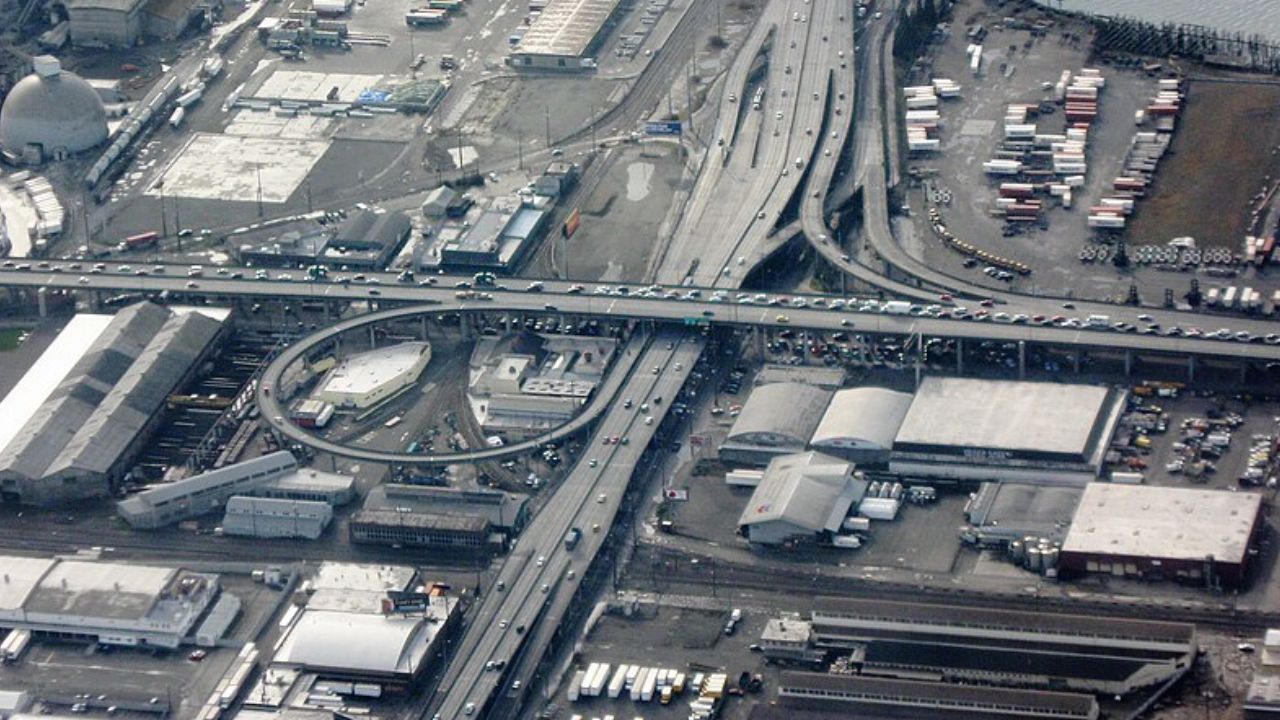
Despite the many positives, the rise of car culture and suburban tourism was not without its challenges and criticisms. Environmental concerns began to surface as the ecological impact of increased car travel and suburban sprawl became apparent. The reliance on fossil fuels and the expansion of road networks contributed to air pollution and habitat destruction, prompting discussions about sustainable alternatives.
Social inequalities were another critical issue, as not everyone had equal access to car ownership. Economic disparities meant that car culture was predominantly a privilege of the middle and upper classes, leaving lower-income families with limited mobility options. This divide had significant implications for suburbanization, as those without cars were often excluded from the opportunities and amenities that suburban areas offered.
The romanticized view of post-war car culture is also subject to reevaluation in contemporary times. While the era is often remembered with nostalgia, it is essential to acknowledge the complexities and contradictions that accompanied it. By examining these aspects, we can better understand the legacy of cars in shaping suburban tourism and the broader societal changes that followed.
Like Fast Lane Only’s content? Be sure to follow us.
Here’s more from us:
*Created with AI assistance and editor review.

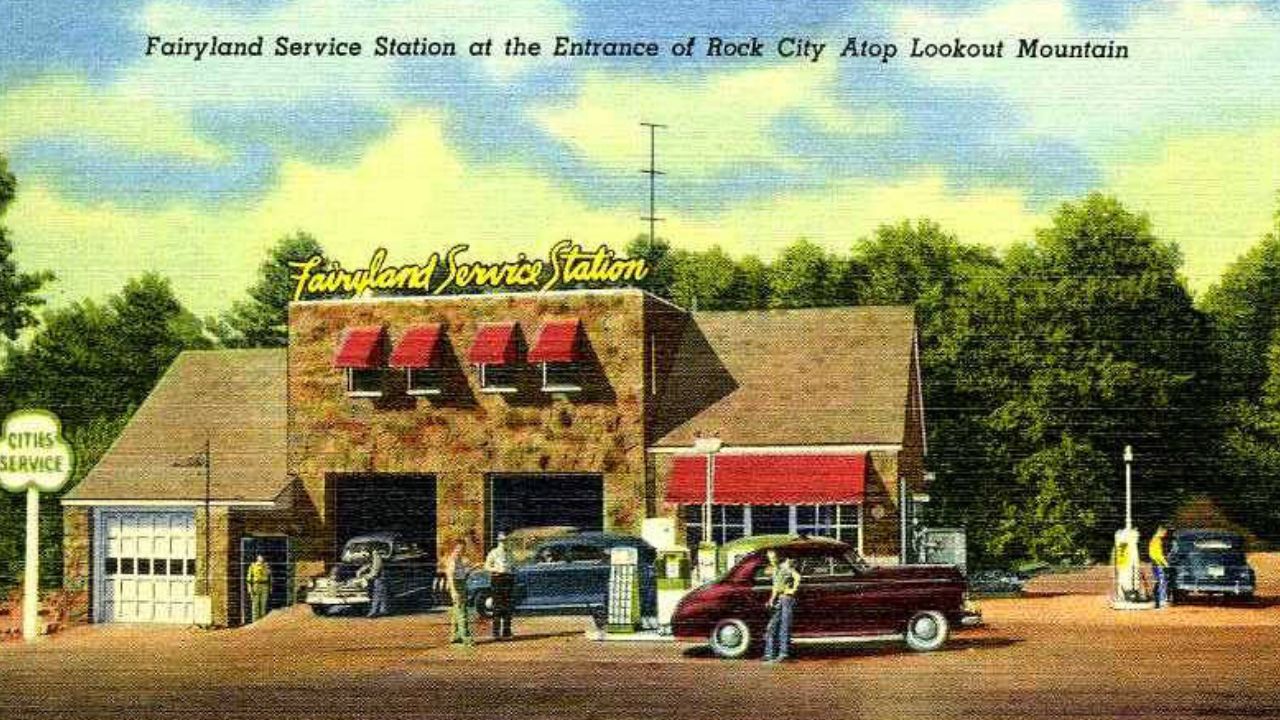
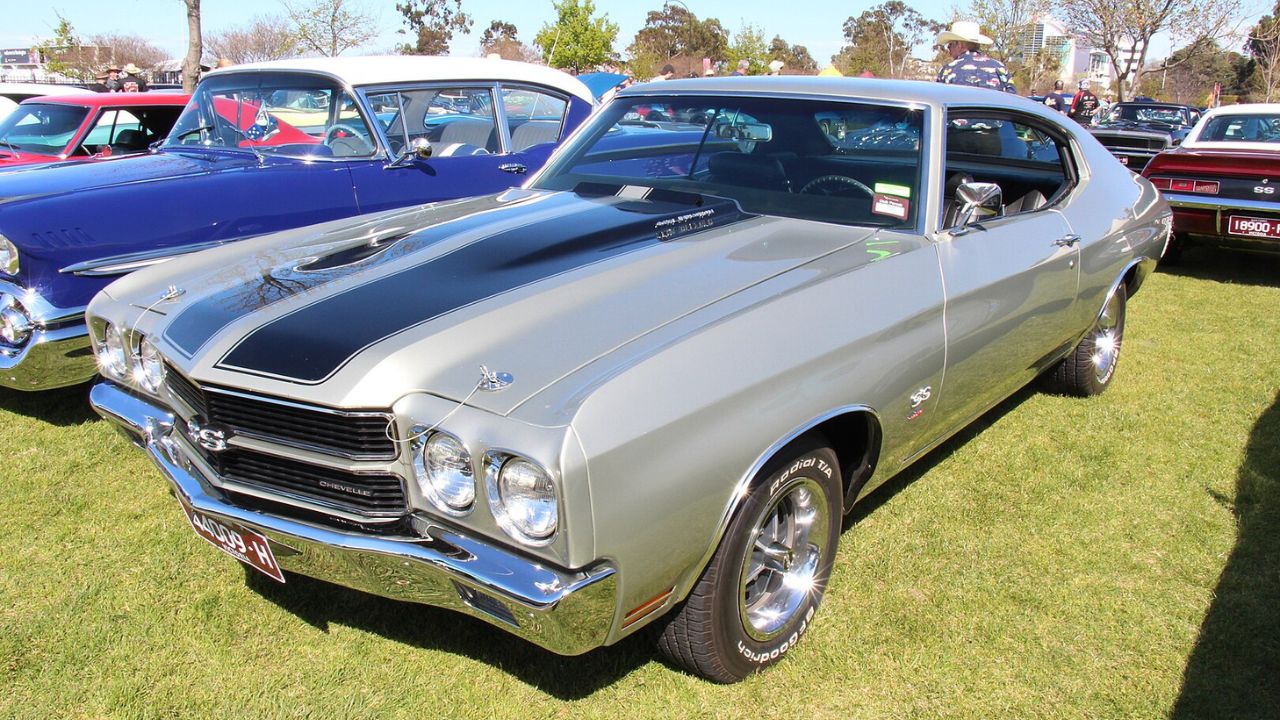
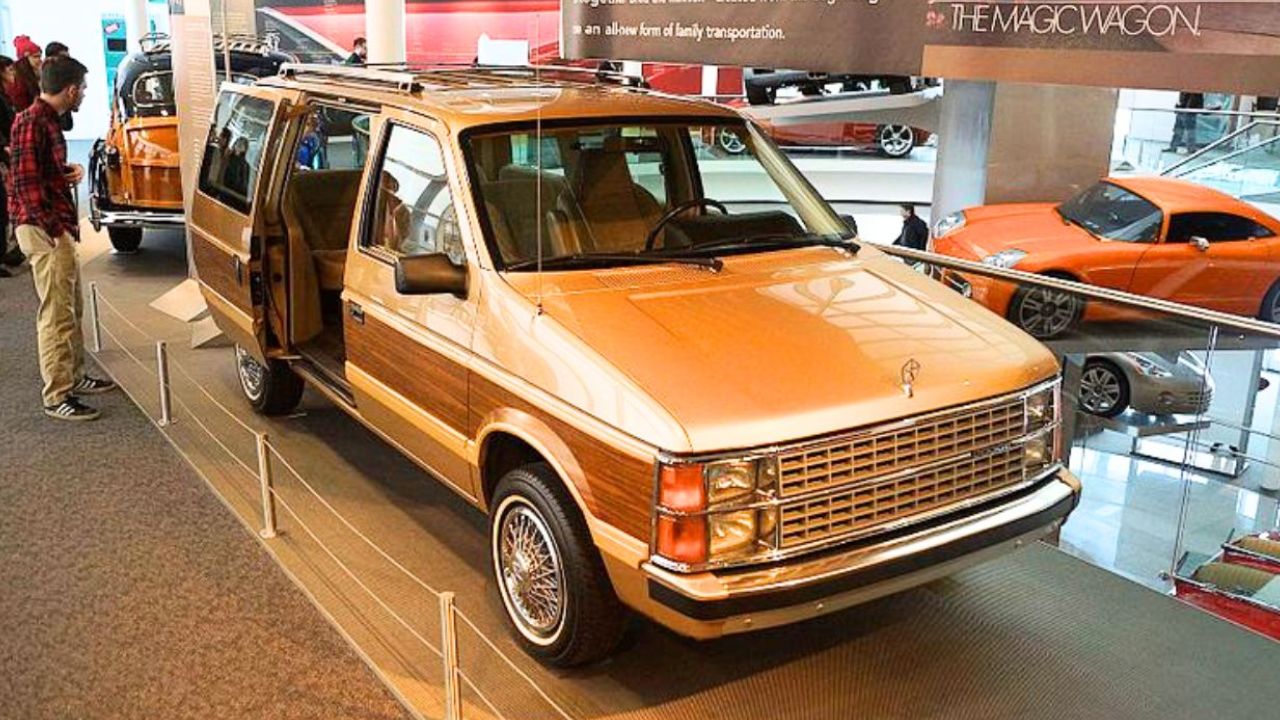
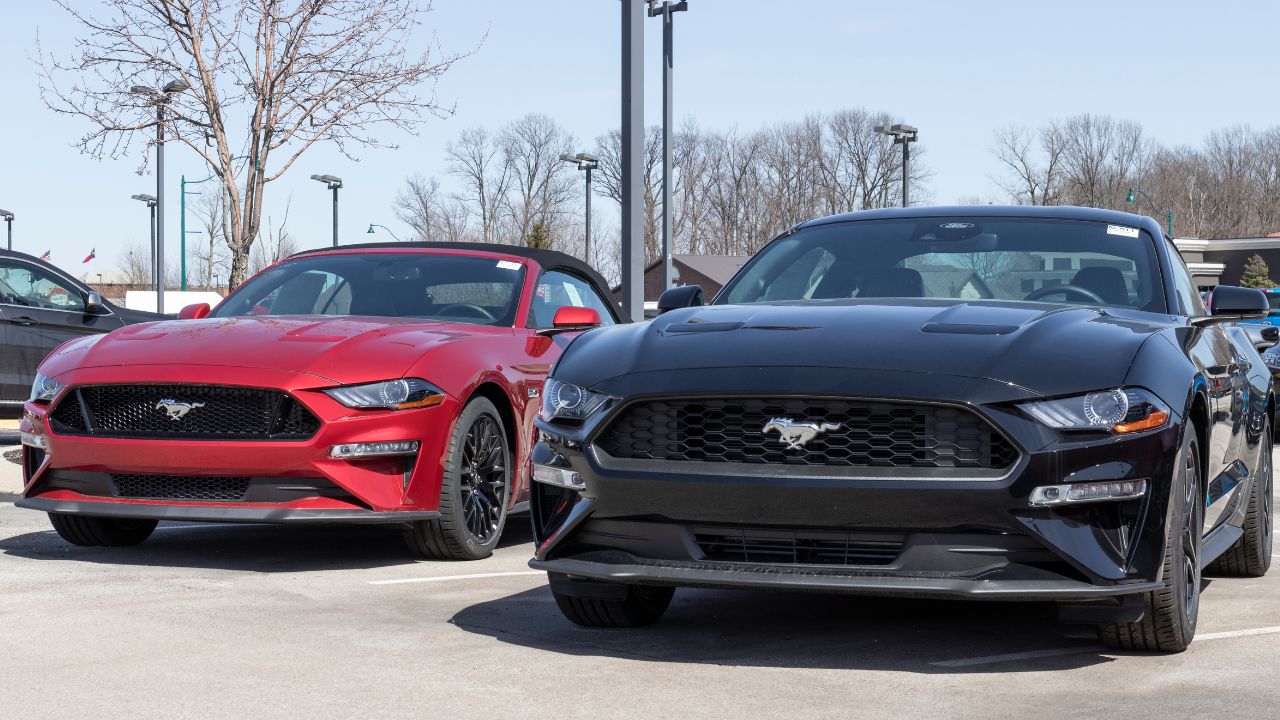
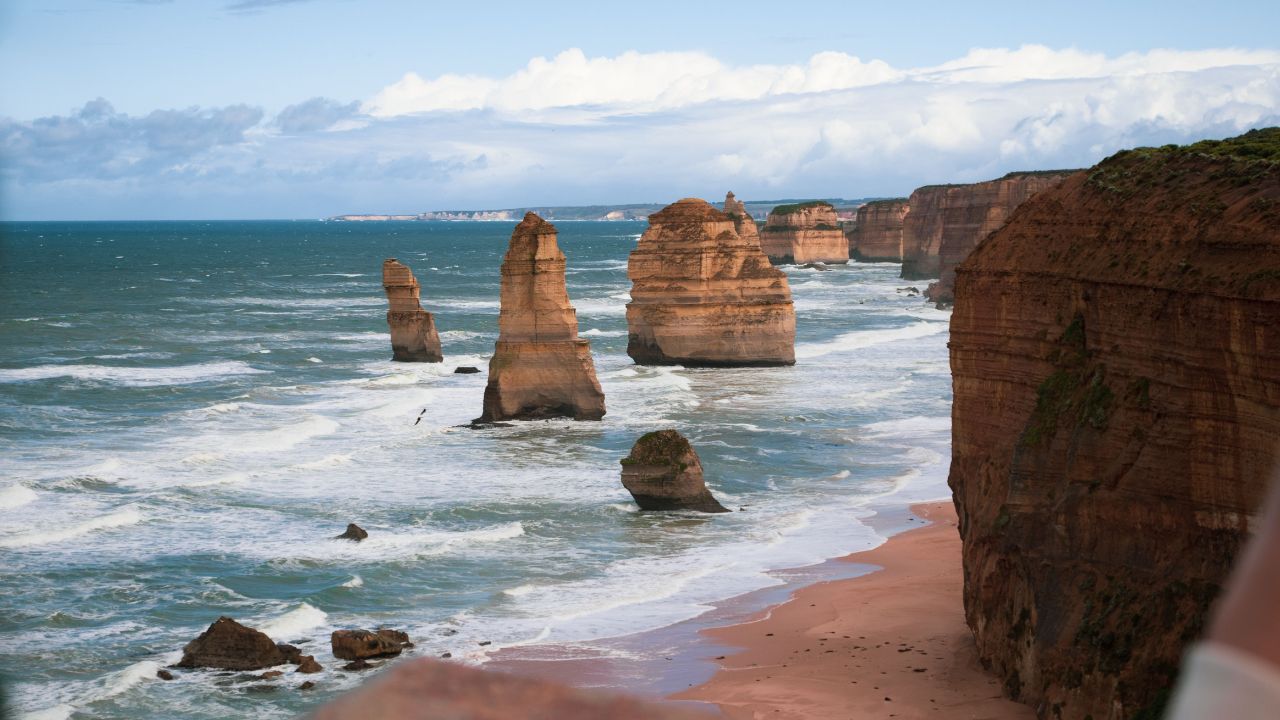
Leave a Reply